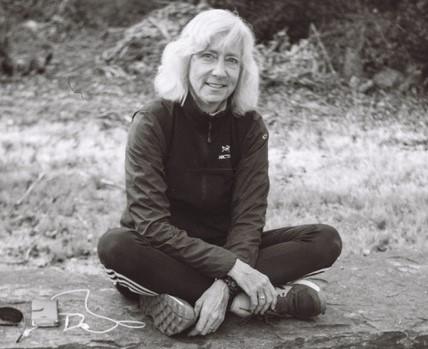Environmental scientist and tropical ecologist Gretchen Daily thinks about our environmental challenges, and the people affected by them, on many levels.
At one level, there are everyday farmers, ranchers, fishermen, and other producers.


Environmental scientist and tropical ecologist Gretchen Daily thinks about our environmental challenges, and the people affected by them, on many levels.
At one level, there are everyday farmers, ranchers, fishermen, and other producers.